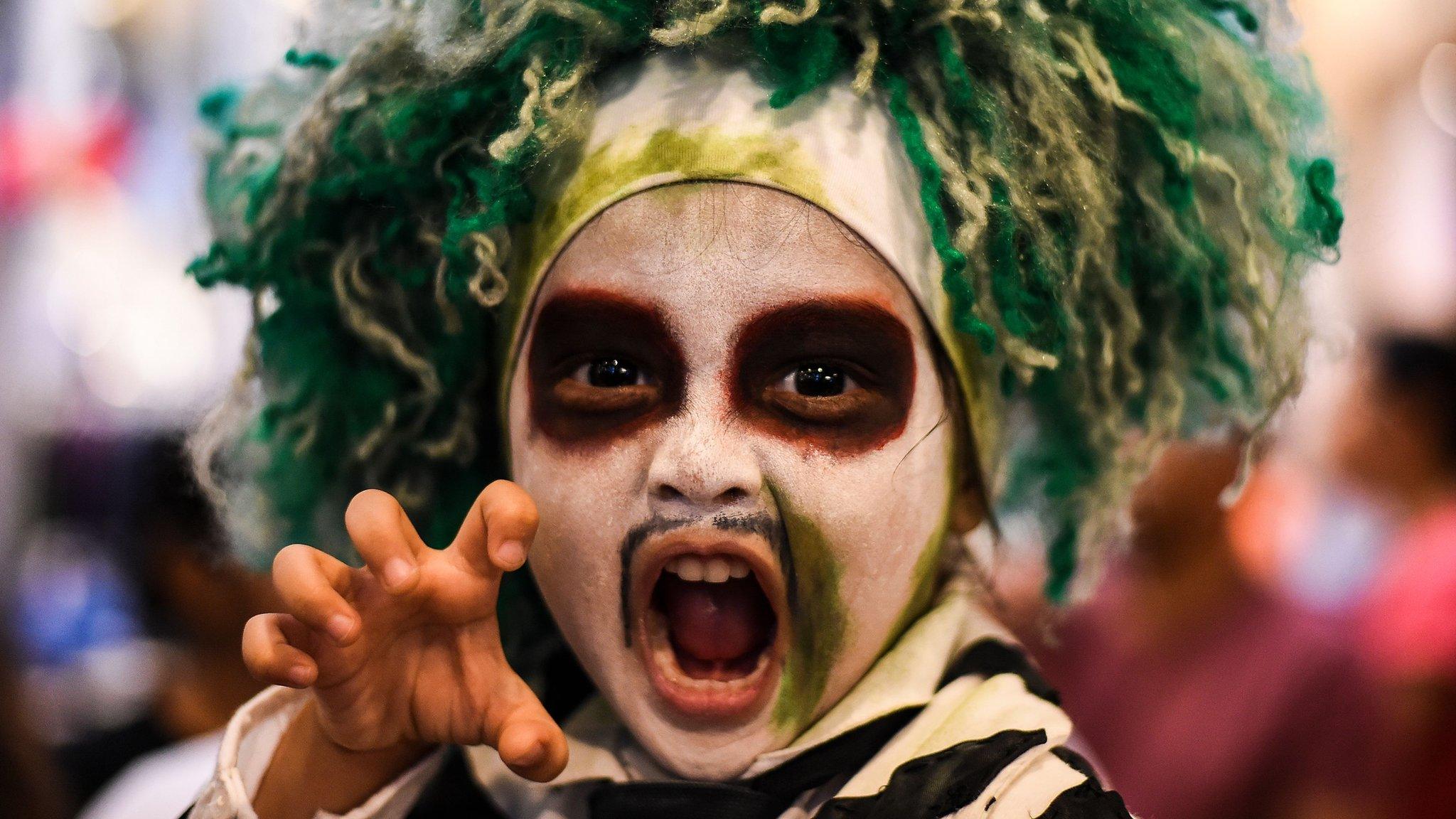Halloween: What do the different coloured pumpkins mean?
- Published
- comments
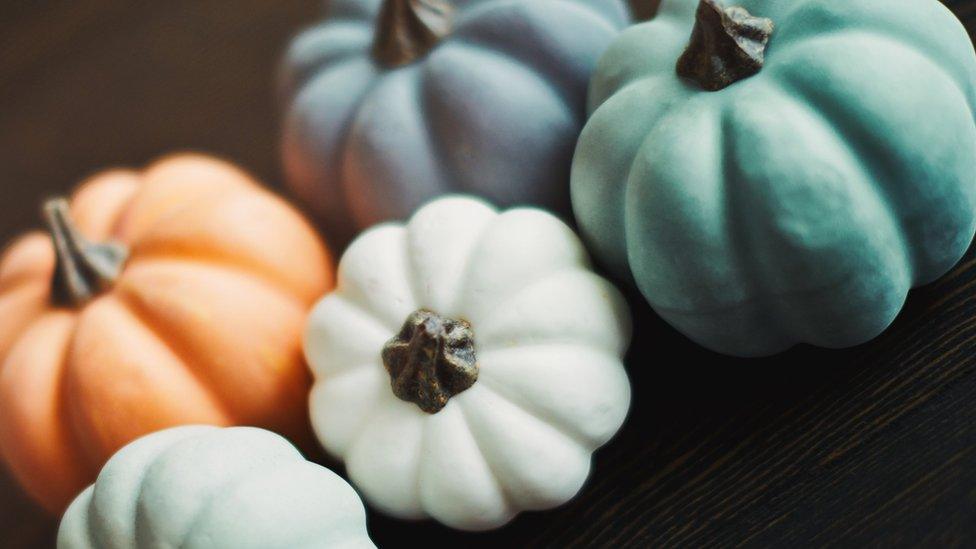
It's almost Halloween! Which means we're about to see plenty of costumes, decorations and pumpkins!
But don't be surprised if you see some different coloured pumpkins this Halloween - some have got a special meaning behind them.
Orange Pumpkin
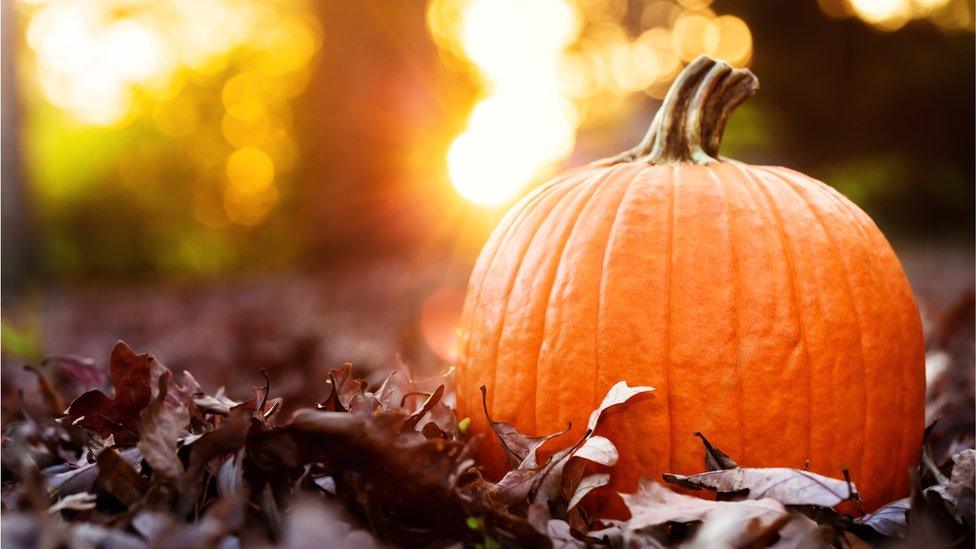
Orange is your classic pumpkin colour and the one you usually see at Halloween!
But have you ever wondered why we use them?
Well according to experts many centuries ago as the summer harvest came to an end, the Celtic people prepared for the dark of winter by building big bonfires in their fields.
They believed evil spirits lurked in the shadows around the bonfires, so they wanted light to guide their paths to and from the bonfires.
The Celts carved faces on large turnips and the light shining out through the carved faces scared away evil spirits.
It also showed the way to their homes for the good spirits and for travellers.
Teal Pumpkin
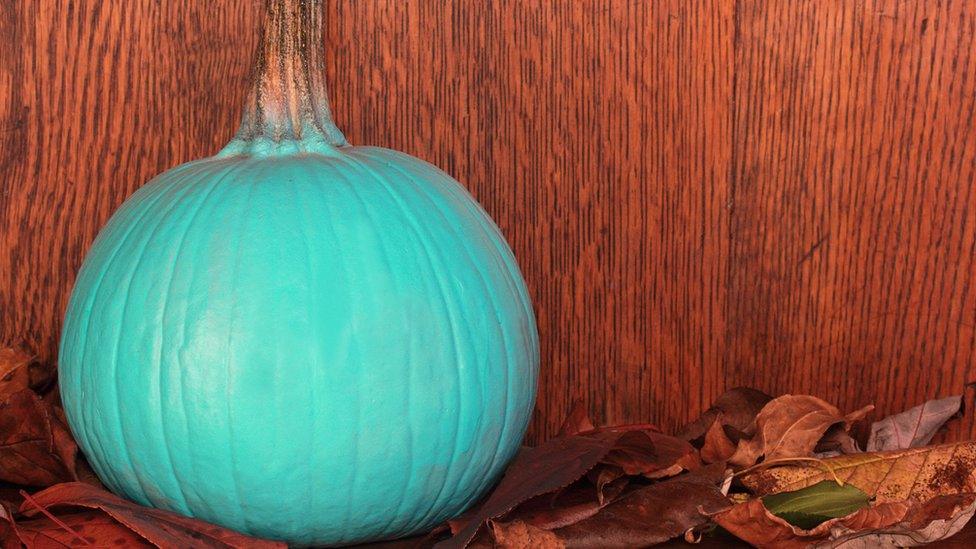
Some people display teal pumpkins to indicate that their house is food-allergen friendly, and that non-food treats such as glow stick or stickers will be given out to trick-or-treaters instead of food - which some kids might not be able to eat.
The Teal Pumpkin Project was first stated in 2014 by Food Allergy Research & Education (a group dedicated to food allergy awareness) with a goal to raise awareness of food allergens on a night when it can be tricky to participate with a food allergy.
White pumpkin
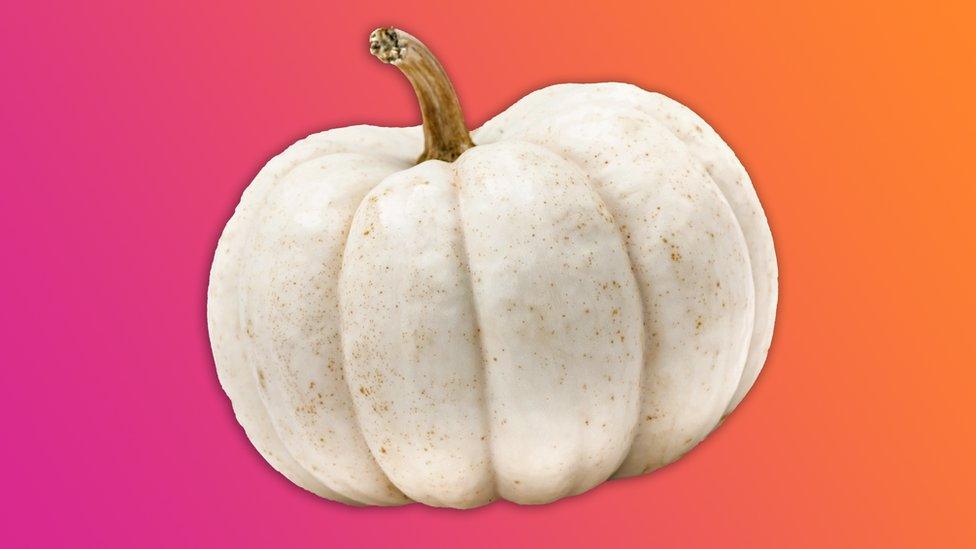
These are white pumpkins, and are sometimes known as ghost pumpkins - spooky!
They don't have a meaning behind them, they're just a special variety of pumpkin which don't have the distinctive orange colour we're used to seeing.
Blue Pumpkin
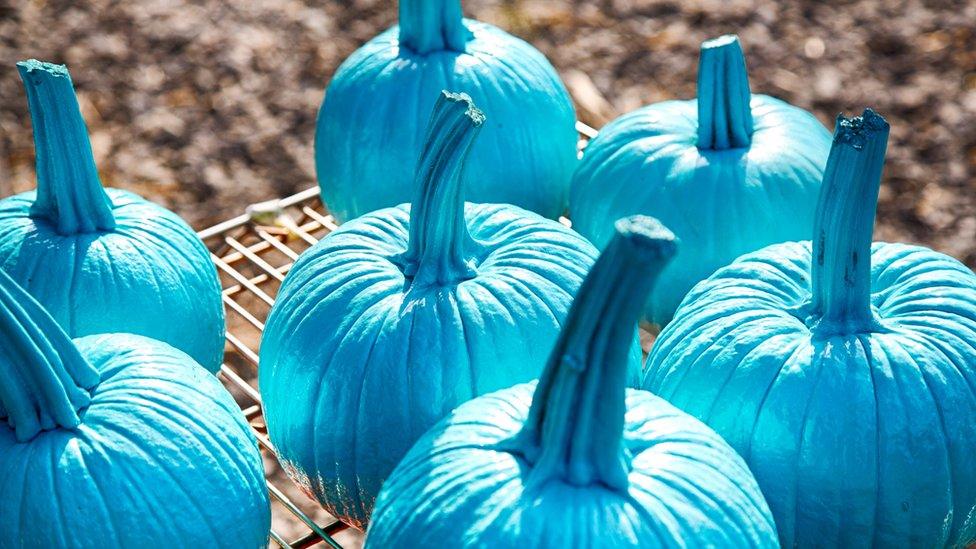
Some parents want to spread awareness of autism this Halloween by turning their pumpkins blue, or having blue plastic pumpkin containers.
The idea is that it signifies that a person trick-or-treating might require specific or different needs.
- Published23 October 2019
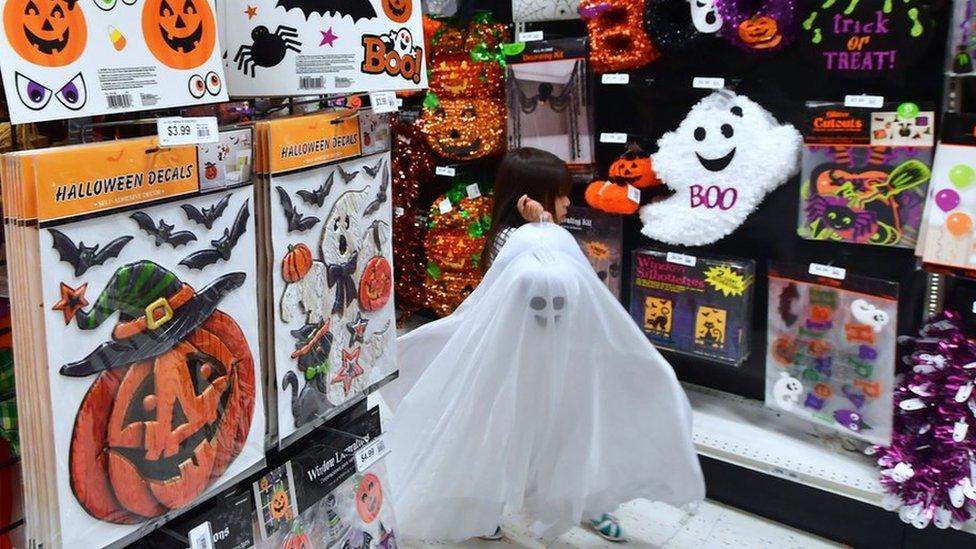
- Published3 October 2023
